The strongest base among the following .
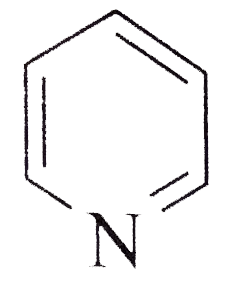


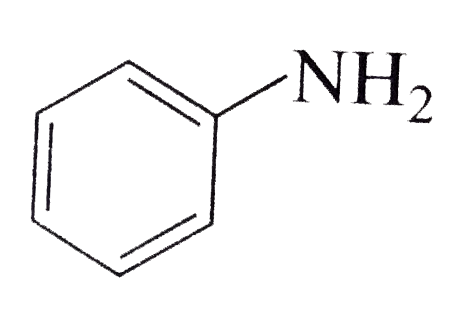
The correct Answer is:C
To determine the strongest base among the given options, we need to analyze the basicity of each compound based on the hybridization of nitrogen and the presence of resonance.
1. Identify the Compounds:
Let's denote the four options as A, B, C, and D. We need to analyze the basicity of each.
2. Analyze Resonance:
- For options B and D, the lone pairs on nitrogen can participate in resonance. This means that the lone pairs are involved in delocalization, which decreases their availability for protonation (H⁺ donation).
- In resonance structures, the lone pairs are shared with other atoms, making them less effective as bases.
3. Consider Hybridization:
- For options A and C, the nitrogen atoms are likely sp³ hybridized. This means that their lone pairs are localized and not involved in resonance, making them more available for protonation.
- In contrast, if nitrogen is sp² hybridized (as in options B and D), the lone pairs are less available due to resonance.
4. Compare Basicity:
- Between options A and C, we need to compare the hybridization. If one nitrogen is sp² and the other is sp³, the sp³ hybridized nitrogen will be a stronger base because it has a higher electron density and is more willing to donate its lone pair.
- Since sp² hybridized nitrogen has a greater acidic character, it will be a weaker base compared to sp³ hybridized nitrogen.
5. Conclusion:
- Based on the analysis, options B and D are weaker bases due to resonance. Between options A and C, the one with sp³ hybridization will be the strongest base.
- Therefore, the strongest base among the given options is option C.
Final Answer:
The strongest base among the following is option C.
Let's denote the four options as A, B, C, and D. We need to analyze the basicity of each.
- For options B and D, the lone pairs on nitrogen can participate in resonance. This means that the lone pairs are involved in delocalization, which decreases their availability for protonation (H⁺ donation).
- In resonance structures, the lone pairs are shared with other atoms, making them less effective as bases.
- For options A and C, the nitrogen atoms are likely sp³ hybridized. This means that their lone pairs are localized and not involved in resonance, making them more available for protonation.
- In contrast, if nitrogen is sp² hybridized (as in options B and D), the lone pairs are less available due to resonance.
- Between options A and C, we need to compare the hybridization. If one nitrogen is sp² and the other is sp³, the sp³ hybridized nitrogen will be a stronger base because it has a higher electron density and is more willing to donate its lone pair.
- Since sp² hybridized nitrogen has a greater acidic character, it will be a weaker base compared to sp³ hybridized nitrogen.
- Based on the analysis, options B and D are weaker bases due to resonance. Between options A and C, the one with sp³ hybridization will be the strongest base.
- Therefore, the strongest base among the given options is option C.
The strongest base among the following is option C.
Topper's Solved these Questions
- AMINESBOOK - R SHARMACHAPTER - AMINESEXERCISE - Archives
36 Videos
- AMINESBOOK - R SHARMACHAPTER - AMINESEXERCISE - LevelI
37 Videos
- ALCOHOL, PHENOL AND ETHERSBOOK - R SHARMACHAPTER - ALCOHOL, PHENOL AND ETHERSEXERCISE - ETHERS level IV
7 Videos
- BIOMOLECULESBOOK - R SHARMACHAPTER - BIOMOLECULESEXERCISE - Archives
47 Videos
Similar Questions
Knowledge Check
The strongest acid among the following
AH2SO4BH2SeO4CH2TeO4DH2PoO4The strongest acid among the following is
A B
B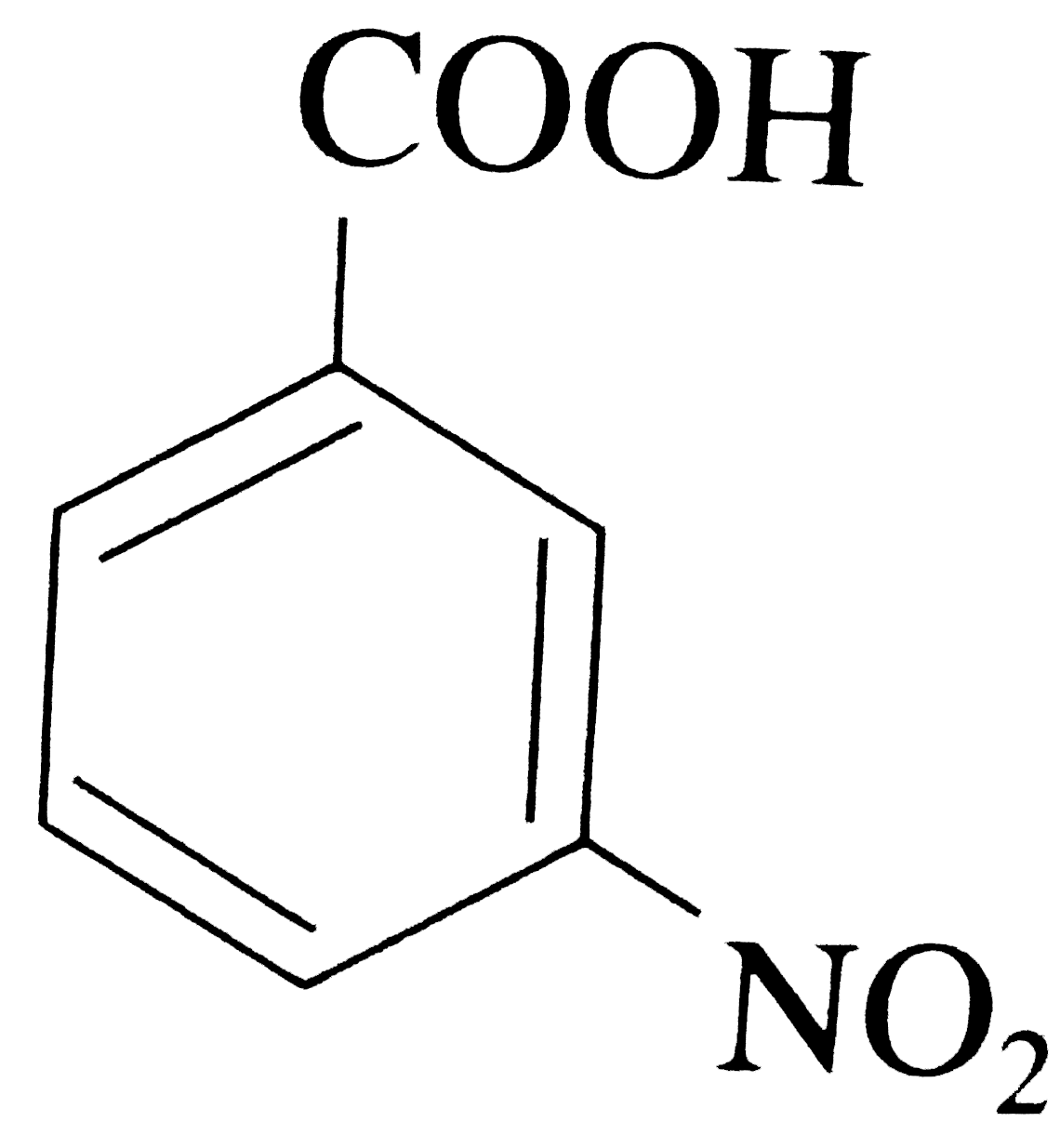 C
C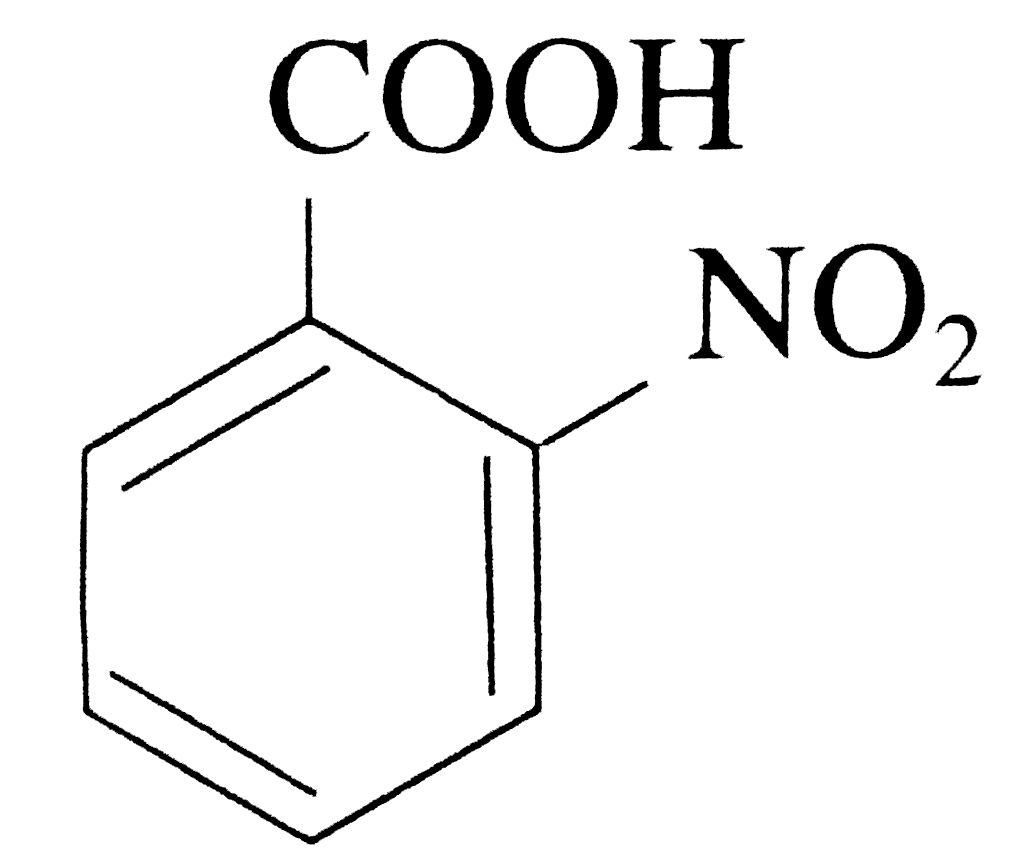 D
D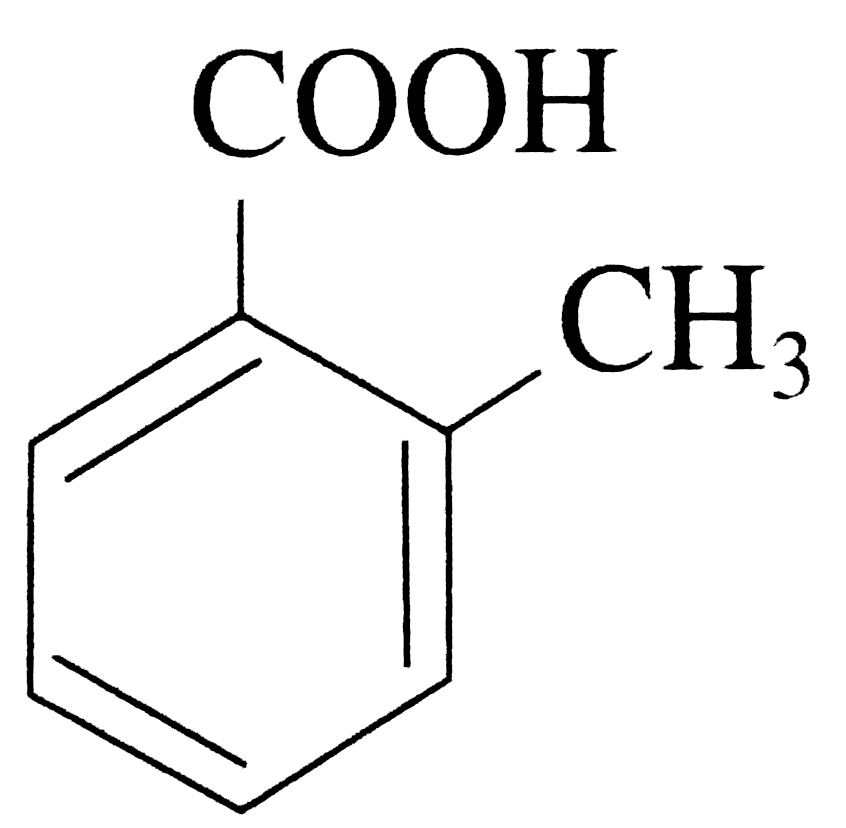
The strongest acid among the following is
Aconcentrated H2SO4Bconcentrated H3PO4Cconcentrated HCIDsolid oxalic acid
